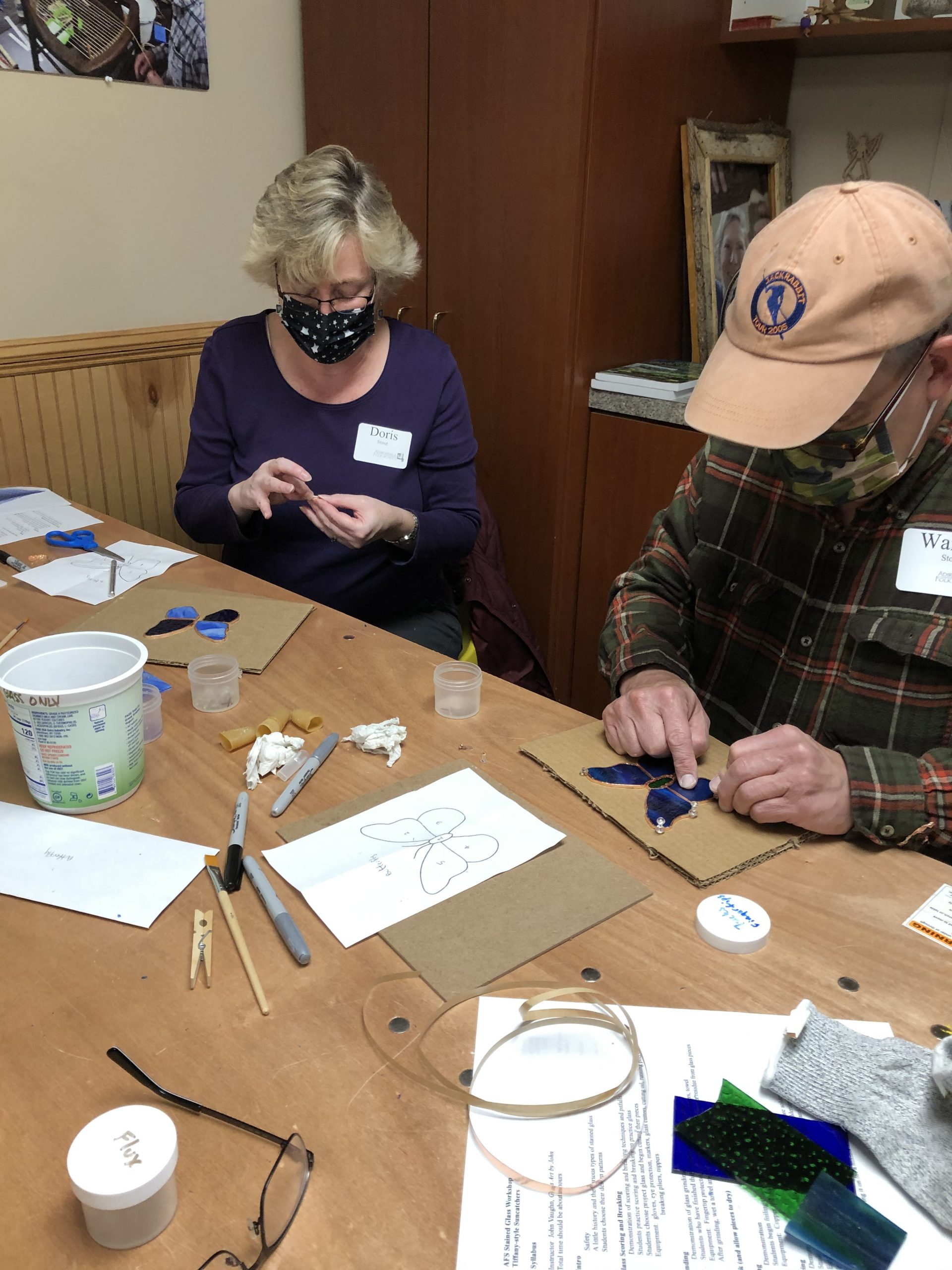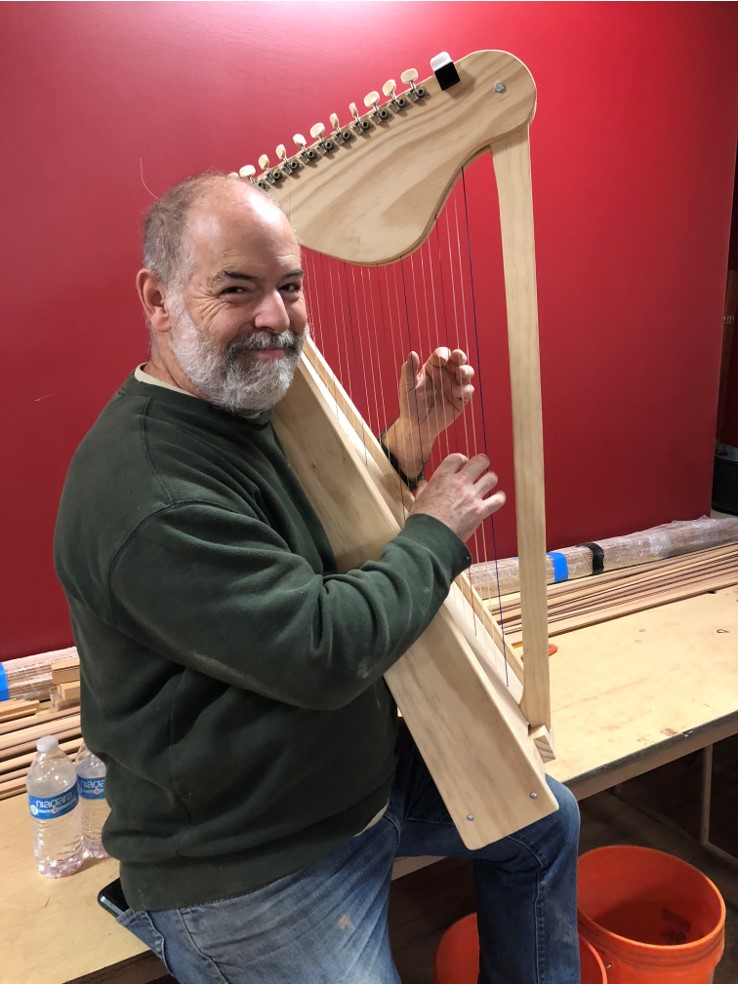Bob Valentine has over 45 years of experience blacksmithing, often making tongs, punches, bottom tools, jigs and fixtures to accomplish many forging projects. In this three-day class learn the anatomy of tongs and their construction, by making various sizes, shapes and styles useful for many forging projects. Most importantly, these tongs will hold your work firmly, making the process of forging as easy as working directly from the bar. Hand held punches are required to complete many projects. The basic process of forging, dressing and heat-treating will be explored, and each student will have an opportunity to make hot and cold punches of various shapes and sizes. When forging items, it is often helpful to have bottom dies that fit your hardie hole to either speed the forging process or refine your forgings after they are rough forged. Students will make bottom hardie tools and explore customizing them for their specific project. Lastly, explore the possibilities of making jigs and fixtures to make your forging process more efficient, uniform and take less time. Students should have a working knowledge and ability to manage a coal forge, basic hand forging knowledge and the ability to forge weld.



